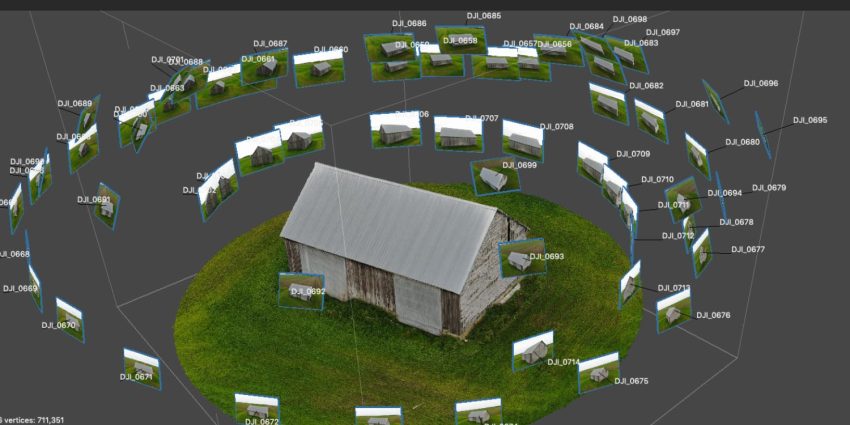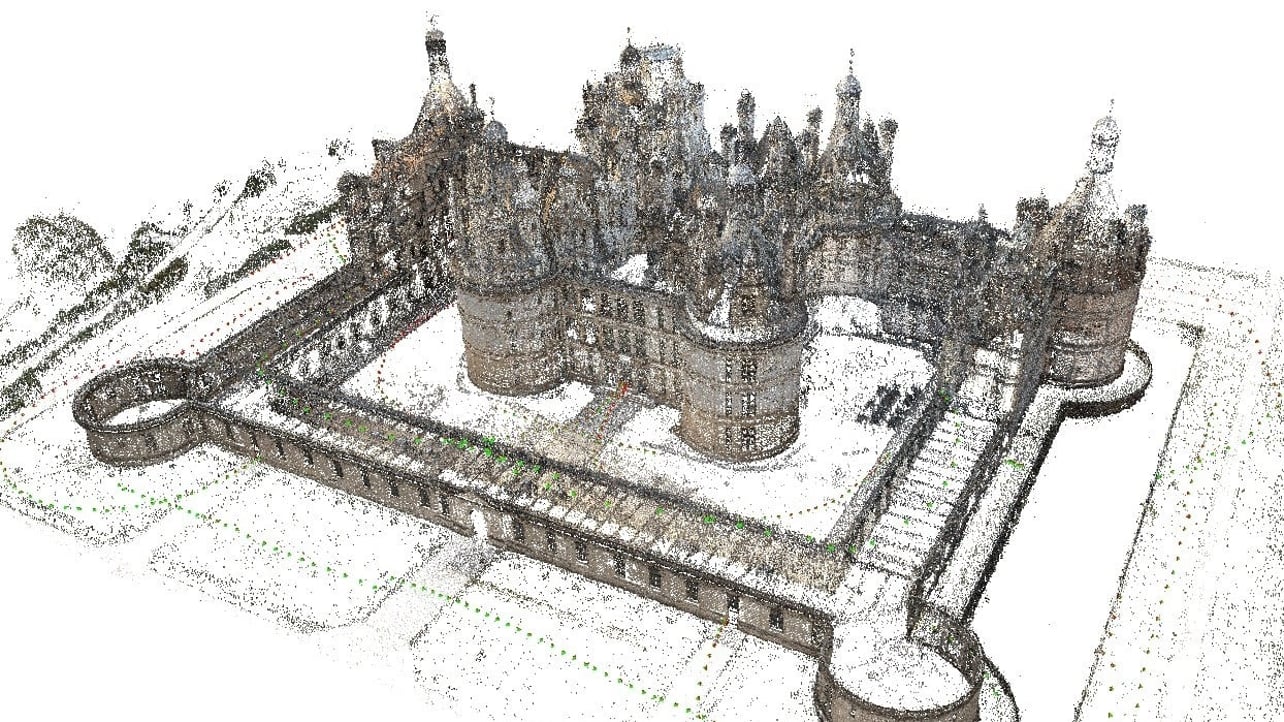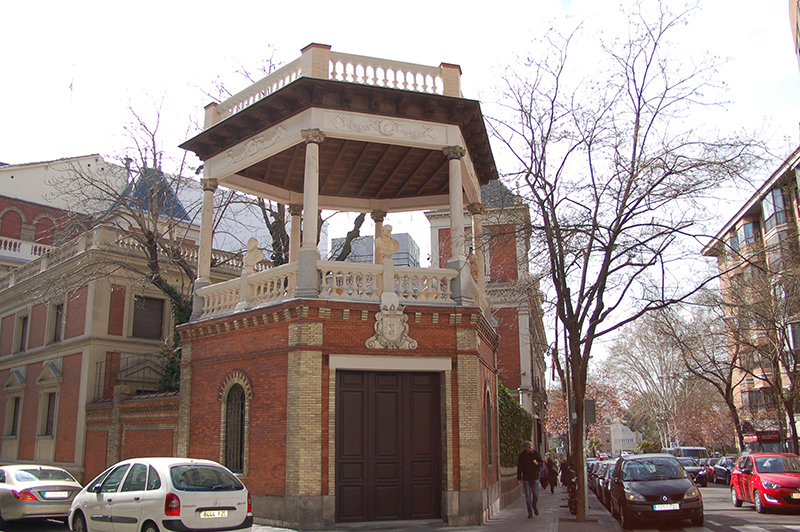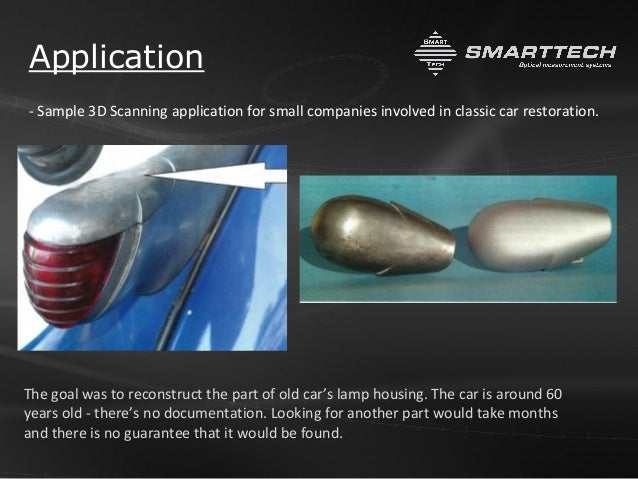I’m sure you’ve heard of the possibility of scanning an object to create a 3D model. This is something that has been done for quite some time in the industry, using different scanning technologies.
Only recently has access to this technology been democratized through a new scanning system that will allow you to scan models at no cost and in a very simple way, photogrammetry.
What is photogrammetry?
Photogrammetry is the technology that allows us to create 3D models of real objects from photographs of this same object. As simple as it sounds, photographs are taken of the object in a certain way and then, using free software, these photos are converted into a 3D model.

By taking pictures (or videos) of the object from different perspectives and under constant lighting, the specialized software is able to find representative or characteristic points of the model that are repeated in all the photos.
Using key point extraction techniques, the software is able to infer the distance between these points through the separation between them in different photos, thus creating a cloud of characteristic points. Finally, this point cloud is converted into a mesh, which can be processed or cleaned to be printed in 3D or included in virtual representations.

What can I use photogrammetry for?
There are a lot of possible applications for any 3D scanning technique, but photogrammetry is especially useful as it does not require specialized tools and anyone can do it with their mobile phone and a computer.
What is usually needed is powerful hardware: most photogrammetry programs require a computer with enough capacity to process the images and generate the scanned 3D model.
3D scanning and photogrammetry have been around for some time, but only marginally until recently. Nowadays, there are a lot of possible applications for photogrammetry that you can implement yourself to take your projects to the next level.
Scanning sculptures
Scanning three-dimensional sculptures or works of art can be a very simple way to digitalize these parts. There is already a wide repertoire of works of art scanned in myminifactory, but there are probably sculptures near you that no one has scanned yet.


To scan these models you will only have to go out and take pictures of the statue from different perspectives, trying to cover all possible angles. If the sculpture is very tall you may need to figure out how to photograph the top. You can use a drone: they are very cheap and easy to use. Similarly we can use a ladder, moving it around to cover all possible angles.
Scanning historical buildings
There are many historical buildings scattered along the streets of your city, and surely there is no 3D scan of these beyond that made by Google Maps.
These buildings are usually very touristy elements, with a lot of historical relevance and with a strong artistic character. As it happens with sculptures, scanning buildings is a very interesting way to virtualize part of the culture of your city.


Scanning industrial parts
Many times we want to repair some equipment or element of which we are missing a part. This is something very common in the automotive market, where many times we are charged outrageous prices for certain structural parts or bodywork due to the low availability of these.

A very direct application of 3D scanning is to scan an original part that we know has a high market value and proceed to replicate it by 3D printing to obtain an almost exact copy for a very low price.

Digitizing applications
The digitization of culture is a growing issue, and more and more companies are deciding to invest in equipment and personnel for commercial photogrammetry applications. In the case of digitizing industrial parts, the business application this would have is clear.
As we have said before, the sculptures or buildings you can find in the streets of your city are, in many cases, cultural elements of remarkable relevance, so by scanning them we will be contributing a lot to society. When you have the 3D models you will have many possible ways to make this investment profitable, but we leave you a list of ideas below:
- Create a virtual 3D gallery: If you scan a few historical models of your location you can create a virtual gallery so that people can see these models in a much more realistic way than just photographs.
- Create replicas by 3D printing: The models we have scanned can be printed in 3D in different formats of shape, size and materials. Nowadays, there are some very famous monuments of which copies are sold everywhere in the form of key rings or figurines. If you have visited Madrid for example you that it’s difficult to find a key ring of something that is not La Cibeles, so there are a lot of works of art of which many people would like to buy a replica.
- Preservation of works in poor condition: Currently there are already companies, especially in Andalusia, that are dedicated to scanning models of statues or sculptures belonging to the brotherhoods that are in a poor state of conservation. These scans have many purposes. On the one hand, an exact 3D copy of the model can be printed, and this copy can be displayed while the original work is being repaired. On the other hand this scan can be used as a “backup” to be able to restore the exact look of the piece if in the future you decide on this restoration.
- Sale of spare parts: If you have scanned original parts of equipment such as cars or other electronic devices, you can replicate these parts very accurately using 3D printing to create parts that are almost indistinguishable from the originals. The sale of spare parts is a very lucrative business and photogrammetry can help us get into it.
Photogrammetry software
What software is used to process the scanned photos? Here are some examples of the programs we use for scanning:
- Meshroom – by Alice vision
- Metashape – from Agisoft
- Reality Capture
- 3D Zephyre
And if you want a simpler solution you can always scan your parts with your mobile.
Want to try 3D scanning your parts?
Photogrammetry is one of the easiest ways to get started in 3D scanning and has many advantages over other techniques, mainly its low cost and immediacy.
We have told you some options so you can apply photogrammetry to your projects, taking them to a higher level. Some of these options can also be done along with other 3D scanning technologies, which we will talk about in future articles. Keep an eye on our posts if you want to learn more about how to apply 3D scanning in your daily life and your projects, whether personal or business.

Sir, You have given the photogrammetry process in a simple and understandable way.I thank you.
Regards,
Arun Shet,
India